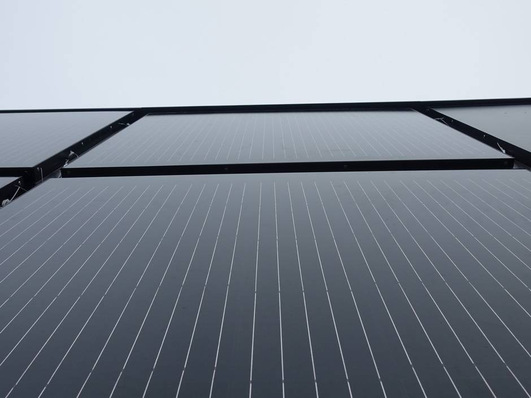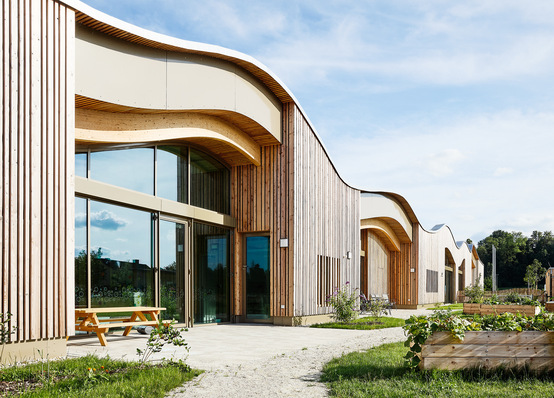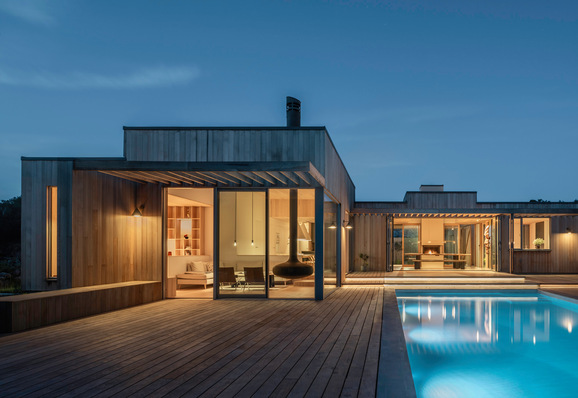In its study “Living Comfort”, the Passive House Institute in Darmstadt, Germany, dealt with the question of how comfort and hygiene criteria can be defined and met for windows in different climate zones. “The windows are, as a general rule, still the weakest elements in the building in thermal terms,” explains Benjamin Krick, managing director of the Passive House Institute. “Also important for how they perform in terms of thermal comfort are the location of the building and its climatic environment.”
The study differentiates between Arctic, cold, cool-temperate, warm-temperate and warm climates. The investigation is based on various plastic windows with double, triple or quadruple glazing. Spacer bars made from aluminium and stainless steel as well as the highly energy-efficient warm edge spacer bar Swisspacer Ultimate were also used.
“The choice of spacer bar has a big impact on the thermal quality of the window and thus on comfort and hygiene,” says Krick, summarising the results. “With highly energy-efficient composite spacer bars, windows meet the requirements by appropriate means and therefore represent little effort for the window maker."
Comfort and cosiness
People perceive a space as being thermally comfortable when it has a certain “operational temperature”. This comprises the average value of the air temperature and the surrounding surfaces. Large temperature differences between air and surfaces give rise to the unpleasant impression of draughts. In the case of cold air draughts, the air falls onto cold surfaces, causing uncomfortable air movements. It has been proved that a pleasant feeling arises when the temperature difference between the indoor air and the surrounding surfaces, such as external walls, ceilings, floors or windows, is less than 4.2 Kelvin.
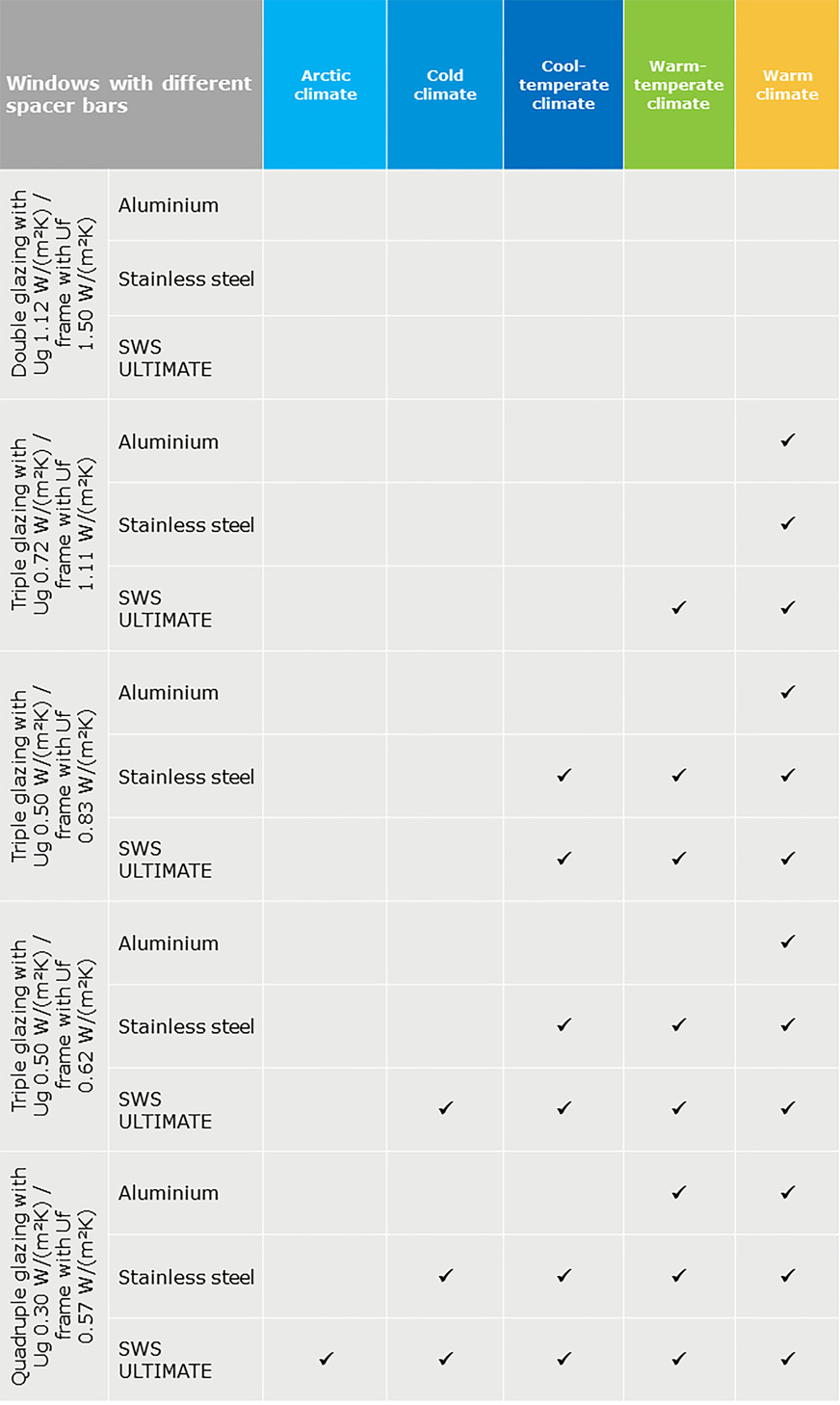
Swisspacer
From these underlying conditions, the Passive House Institute has calculated the so-called “Passive House comfort criterion” for various climate zones. For the cool-temperate climate that prevails in Germany, for example, the derived U-value is 0.85 W(m2/K). For this, the team in Darmstadt assumes an operational room temperature of 22 °C and an outside temperature of -16 °C. If this characteristic value is not reached, a heat source is needed under the window to avoid the unpleasant sinking of cold air.
See also this article:
Far views with a high level of comfort in South Tyrol
An important factor where comfort and health are concerned is the avoidance of condensation and mould. Moisture gathers at the coldest point in the room – which is frequently around the edge of the glass. However, mould starts growing above the dew point temperature. Surface temperatures must therefore be above the “mould temperature” to effectively protect a building’s structure and the health of its occupants.
“The temperature factor fRsi has become established as an indicator for the hygiene-related conditions on the edge of the glass. If this value is at least 0.7 in a cool-temperate climate, it can be assumed that no mould will grow at normal levels of indoor humidity,” says Krick. An effective solution: increase the temperature at the edge of the glass. “The temperature at the edge of the glass depends on the spacer bar, on the thickness of the glazing unit and on the installation of the pane in the window,” Krick explains. That is why the most sensible solution is the combination of a high-quality thermal spacer bar, triple glazing with the widest possible gap between the panes and a well-insulated window frame.
The PHI study shows that the choice of spacer bar has an important effect on the window’s thermal quality. In a warm-temperate climate or lower, the general recommendation is to use triple glazing in combination with highly energy-efficient spacer bars such as the Swisspacer Ultimate. The values required for comfort and hygiene could then be achieved even with the uninsulated window frames widely found in such regions. With well insulated window frames, the requirements for warm-temperate-or-lower climates can be met both with stainless steel spacer bars and with the premium spacer bar from Swisspacer. The requirements of the Arctic climate necessitate the use of the Swisspacer Ultimate in conjunction with a particularly well insulated frame.
Great benefit all round
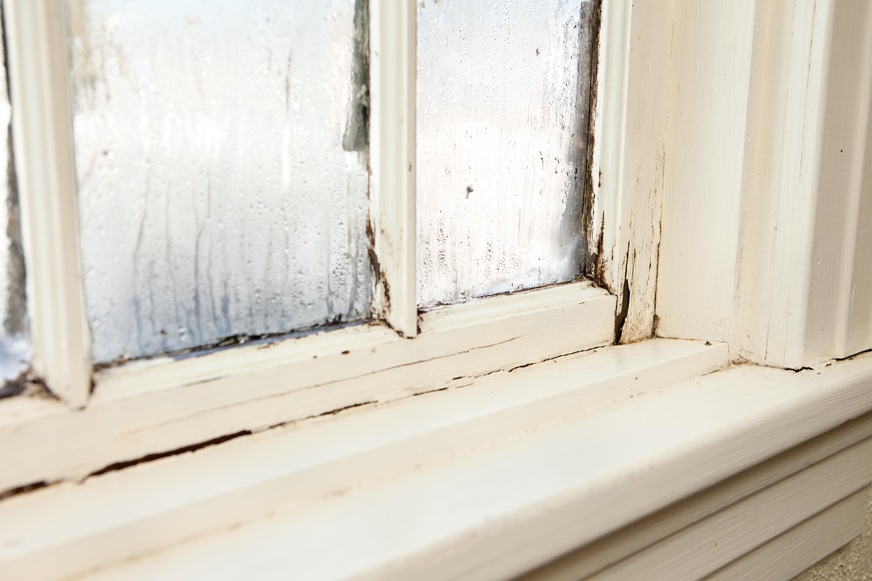
Swisspacer
“When you look at the results of the investigations, practically everyone benefits. The occupier of the building, who profits from greater comfort and mould-free glass edges, and the window maker, who can simply improve his products. Damage that can be caused by moisture is also avoided. That increases customer satisfaction and reduces complaints. The high energy savings also help the climate because of lower CO2 emissions,” summarises Benjamin Krick.
The study was commissioned by Swisspacer. For years, the Passive House Institute in Darmstadt and Swisspacer have been working together on studies that provide fundamental information for the market. Swisspacer started participating in the Passive House Award this year and has announced its own special prize, which will be awarded for the first time in 2021.








